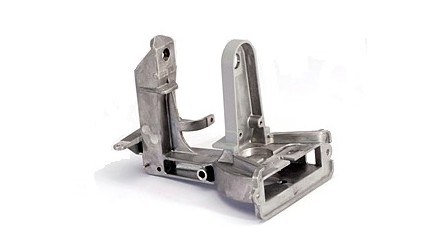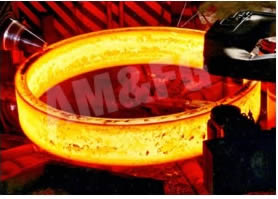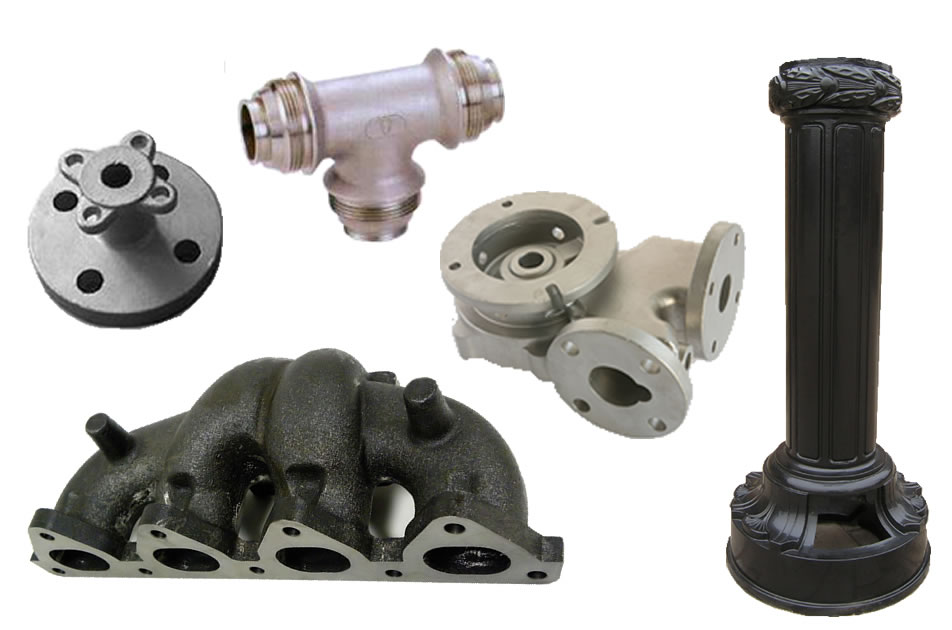Die casting is the process of forcing cold or hot metal into a mold at high pressures to create a uniquely shaped piece. Die casting molds are reusable, which makes them one of the most cost effective metal shaping methods available today. Die casting comes in two different forms- cold and hot casting. Hot casting is completed on one machine and the hot metal is pressed directly into the mold. In cold casting, the metal is heated in another machine and then transferred to the die casting machine. Cold chambers keep the metal at a cooler temperature, which is ideal for metals with higher melting points.
Although die casting is a popular choice for manufacturing metal parts, it is not the only choice. Here is how cold chambers or hot chambers die casting compares to other casting processes:
Sand casting: Die casting can produce products with thinner walls, smoother surfaces, and close dimensional limits. Die casting is also much faster than the sand casting process. Finishing and labor costs are also much less.
Forging: One major advantage of die casting over forging is that in forging, you cannot create cast coring holes. Die casting can also make more complex shapes than forging, and the finishing costs are much less as well.
Stamping: Although many of the same parts can be made through stamping or die casting, it may take several stamps to make the same shape that a die casting machine can make in one simple step. Die casting also allows variations in section thickness, which stamping does not.
Screw machining: Usually, die casting machines can create shapes that are impossible to make through screw machining. Die casted products are also easier to make and have less waste than products made through screw machining.
 Die Castings
Die Castings Forgings
Forgings Grey Iron Castings
Grey Iron Castings Investment Castings
Investment Castings Castings & Forgings
Castings & Forgings Bulk Material Handling
Bulk Material Handling Electrical & Electronic Components
Electrical & Electronic Components Flow Instrumentation
Flow Instrumentation Hardware
Hardware Material Handling Equipment
Material Handling Equipment Metal Cutting Services
Metal Cutting Services Metal Forming Services
Metal Forming Services Metal Suppliers
Metal Suppliers Motion Control Products
Motion Control Products Plant & Facility Equipment
Plant & Facility Equipment Plant & Facility Supplies
Plant & Facility Supplies Plastic Molding Processes
Plastic Molding Processes Pumps & Valves
Pumps & Valves Recycling Equipment
Recycling Equipment Rubber Products & Services
Rubber Products & Services